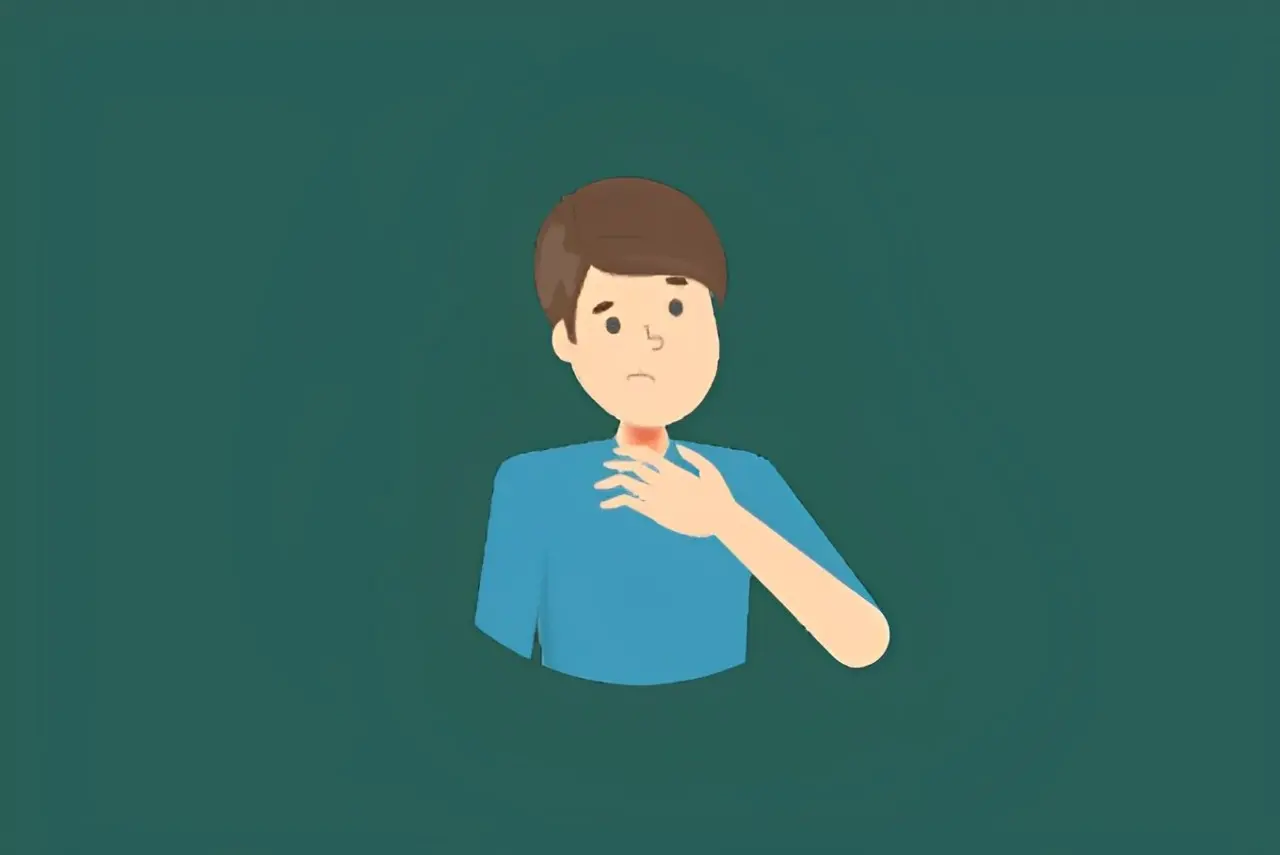Avoid Your Allergy Triggers
Knowing what sets off your symptoms is the first step in learning how to help your allergies. It makes it far easier to adjust your lifestyle so you can start avoiding those triggers. For example, if your friend has a pet that triggers your allergy symptoms, you may want to avoid going to their home for extended periods of time.
Common allergy ‘irritants’, also known as allergens, include:
If you notice recurring allergy symptoms, but can’t put your finger on what’s causing them, speak to your doctor and ask them to test you for allergies2. Once you have a definitive answer, you can discuss the best treatment for your allergies with more clarity.
Stay Hydrated
Drinking plenty of water each day is a good idea anyway3,4, but it can be especially beneficial when you’re struggling with allergies5.
Your body produces more histamines (the chemicals that lead to allergy symptoms) when it’s dehydrated6, so drinking water may potentially help reduce your allergy symptoms.
Clean Regularly
If you’ve had your windows open or have been going in and out of the house a lot, you may be bringing allergens into your home. In fact, 60% of household dust comes from outdoors7.
Regularly washing your clothes, bedding and soft furnishings could help remove some of the allergens that cling to the fabrics and prevent setting off your reactions in the first place8.
Regular vacuuming can also help reduce allergy symptoms, so there’s an even greater incentive to get those chores done.

Use a HEPA Air Purifier
Some people choose to use air purifiers for help with their allergies. These portable devices can be set up indoors to reduce unwanted air particles9. They’re particularly useful for people with dust or pet allergies, as they can help to remove common indoor allergens from the air.
When you buy an air purifier, check its capacity to ensure it’s big enough for the room you want to put it in. A HEPA (‘High Efficiency Particulate Air’) filter can potentially take more than 99.9% of mold, pollen and dust out of the air in your home10.
Turn on Your Air Conditioner
Another very simple at-home tip to reduce allergy symptoms is cranking up the AC. While opening your window for some fresh air is great, it can also let pollen and other irritants into your home, which could trigger your allergy symptoms11.
If you have a central air conditioning unit, using it all year round may well help with your allergies, as it dehumidifies the air and filters out aggravating particles12.
During the warmer months, relying on AC instead of opening all your windows could ease your symptoms in two ways. First, by preventing allergens from getting into the air in your home during the peak pollen season, and secondly, filtering them out them when they do.
Try Nasal Irrigation
Sinus rinsing or nasal irrigation using a neti pot – or similar container – can help remove dust, pollen and other debris, as well as loosening thick mucus –which may help relieve allergy symptoms13. Just remember to use a saline rinse if possible, as plain water can irritate the delicate tissues inside your nose14.

Change Your Clothes
Pollen and other allergens can stick to your clothes when you come in contact with them. So if you’ve been for a summer stroll or spent some time with a friend’s pet, and notice that your allergy symptoms start to flare up, try changing your clothes as soon as you can. This may help reduce your exposure to whatever allergen has latched itself on to your clothing, and give you some much-needed relief.
Take a Shower
If you’re in need of some allergy relief at home, simply taking a shower could help. Not only will the steam from a shower help to relieve some of the swelling in your nasal passages, it can also help to wash any lingering allergen particles from your skin and hair.
Add Antihistamines to Your Routine
While the above at-home tips and remedies can help to reduce the impact of allergy symptoms, your best bet at getting allergy relief at home is to take an antihistamine. If you’re looking for effective allergy relief, try combining your favorite allergy home remedies with an over-the-counter medication like ZYRTEC®. Simple practices like the ones listed above can work hand in hand with ZYRTEC® to provide comprehensive relief from your worst allergy symptoms.
ZYRTEC® is a trusted and safe over-the-counter option that has been proven to be effective in managing allergy symptoms. By incorporating these home remedies alongside taking ZYRTEC®, you can experience greater relief and enjoy a more comfortable allergy season.
References
https://www.mayoclinic.org/diseases-conditions/allergies/symptoms-causes/syc-20351497
https://www.nap.edu/webcast/webcast_detail.php?webcast_id=261
https://www.cdc.gov/nutrition/php/data-research/fast-facts-water-consumption.html
https://www.mayoclinic.org/diseases-conditions/allergies/diagnosis-treatment/drc-20351503
https://www.epa.gov/indoor-air-quality-iaq/what-hepa-filter-1
https://www.mayoclinichealthsystem.org/hometown-health/speaking-of-health/allergy-q-and-a
https://www.mayoclinic.org/diseases-conditions/common-cold/in-depth/humidifiers/art-20048021
https://www.fda.gov/consumers/consumer-updates/rinsing-your-sinuses-neti-pots-safe
Links to other parties’ articles and websites are provided for convenience only. Kenvue is not responsible for their content.




